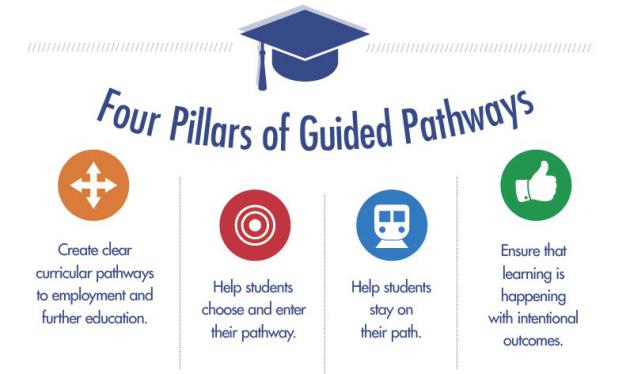Guided Pathways Committee
Welcome!
Guided Pathways is a whole-college redesign model designed to help all students explore, choose, plan, and complete programs aligned with their career and education goals efficiently and affordably. It is an equity-focused framework that allows us to forge clear paths for students and remove systemic obstacles to their success. The Student Equity and Achievement (SEA) Program requires colleges to implement the Guided Pathways framework.
Committee Information
The Steering Committee meets every second Tuesday from 3-4pm.
The General Committee meets every fourth Tuesday from 3-4pm.
Guided Pathways Work Plan
Student Equity and Achievement (SEA) Metrics
In 2018, the Student Equity and Achievement (SEA) Program was established by the California Community Colleges Chancellor's Office. It merged funding for three initiatives: the Student Success and Support Program; the Basic Skills Initiative; and Student Equity. Integrating these efforts into a single program advances our goal of demolishing once and for all the achievement gaps for students from traditionally underrepresented populations.
Under the SEA Program, colleges are required to implement the Guided Pathways framework offering a clear path to a stated goal, to provide all students with an education plan based on that goal, and to toss aside outdated and inaccurate placement policies that are keeping far too many from completing their goals in a timely manner. SEA focuses on five specific metrics, or success indicators, to measure student success:
Successful Enrollment
Term-to-Term Persistence
Transfer-Level Math and English Completion
Vision Goal Completion
Transfer to a 4-Year University
Student Equity and Achievement Data
Guided Pathways Framework
The Guided Pathways framework was developed in 2015 by the Community College Research Center (CCRC), and calls for systematic changes in policies, practices, and systems in four areas, which have become known as the "Pillars" of Guided Pathways.

Clarify the Path
Enter the Path
Stay on the Path
Ensure Learning
Goals of Guided Pathways
Guided Pathways seeks to achieve the following four goals by implementing the above framework throughout the campus.

